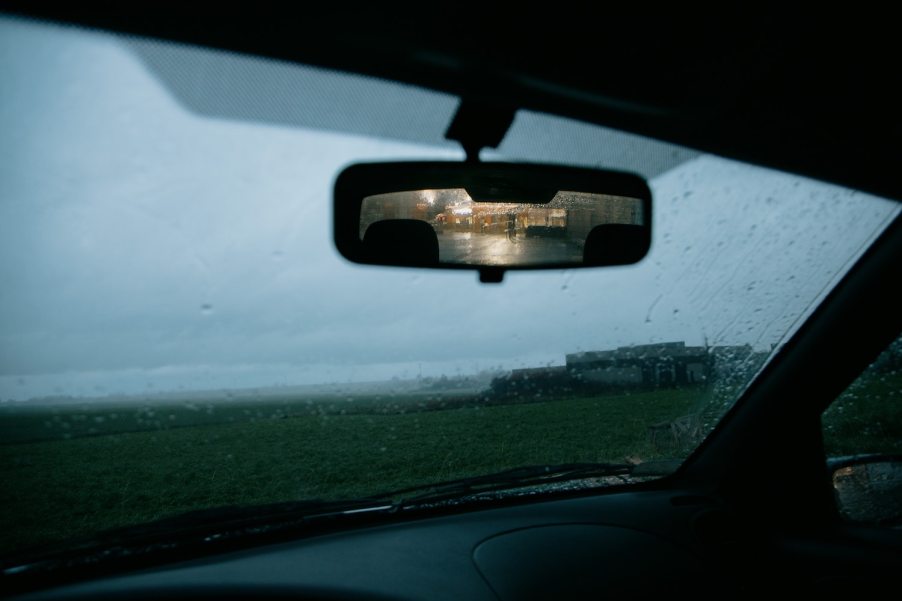
Here’s What To Do if Someone Is Following Your Car
Have you ever had the feeling that someone was watching you, or even following you? If you are driving, it is relatively easy to double-check whether a car behind you is following you by coincidence or on purpose. This is a critical car safety skill. If you are truly being followed, help may just be a phone call-or a short drive–away.
How do you tell if someone is following your car?
There is a simple technique for determining whether a car behind you is tailing you. Take four consecutive right-hand turns, navigating around the block in a full circle. If one car makes all four turns with you, they are probably following you.

The experts at DefensiveDriving.com point out that a driver would have to be completely lost to take four right-hand turns because they would end up back where they started. If you want to double-check, you can then repeat the process by taking four left-hand turns. If the same car is still behind you or tailgating you after both loops, it is almost certainly following you.
If you are on a highway, you need to complete an equally illogical maneuver. Your best bet is to take an exit off the highway. Then drive onto the nearest entrance and merge back onto the highway. If one car follows you off and back on the highway, without stopping for fuel or anything, its driver is likely following you.
What do you do if a car is tailing you?
Your best bet is to keep moving with traffic, just fast enough that the tailing car doesn’t pass you. Get any information you can on the car following you and enlist help as soon as possible.

If you are being followed, roll up your windows and lock your doors. Do not stop moving. And do not slow way down to let the car pass you. Trying to make the driver pass you could give them an opportunity to run you off the road.
Your first instinct might be to drive home, but this is a bad idea. If you drive home, you will give the driver following you your home address. Avoid deserted side roads and keep moving with traffic if possible.
If you have service, simply pull out your phone and call the police. The dispatcher should be able to direct you to the nearest police station. They may also ask you to collect some information on the car behind you.
If you don’t have service, drive to the nearest police station or begin to look for one. While you are doing this, try to get the make and model of the car behind you. If you can jot down its license plate number, that’s even better.
Can anyone ask for help at a police station?
Police stations are public places, and the officers are public servants. If you are being followed or otherwise concerned for your own safety, you are well within your rights to drive to a police station and seek refuge.

If you are able to get the police dispatcher on the phone, you can ask which station is your best option. You can also ask the dispatcher to send an officer to the parking lot to escort you inside. Once you are in police protection, you can share your story of being followed and they can begin an investigation.
Next, learn how to spot unmarked police cars.



